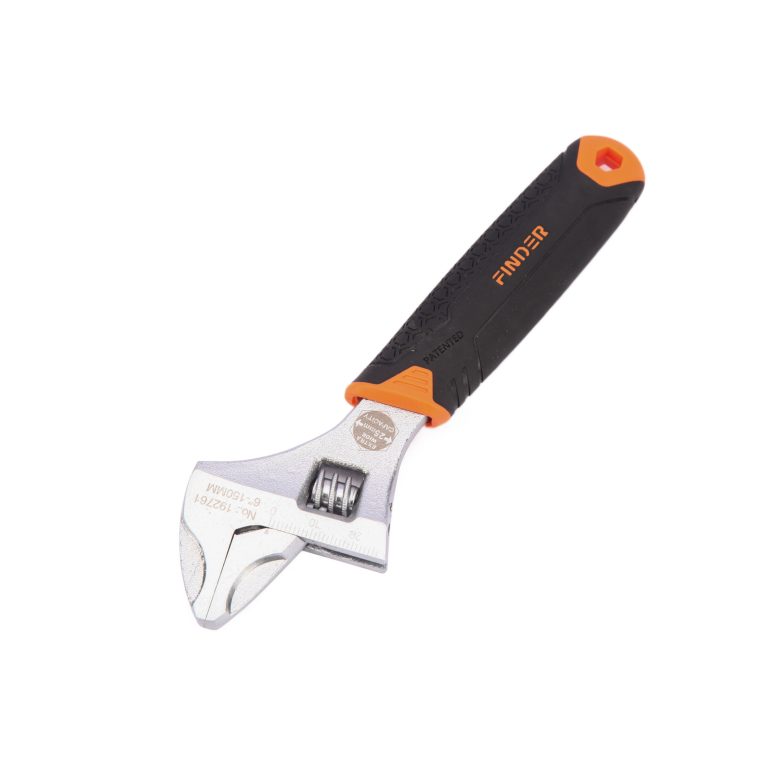Getting Started
Adjustable wrenches, also known as adjustable spanners, are essential workshop tools that find applications in various tasks. These versatile wrenches are a must-have in any toolkit, offering the flexibility to work with different fastener sizes. Whether it’s for tightening, loosening, or holding bolts and nuts, the adjustable wrench is a go-to workshop implement. Its ability to adapt to various sizes makes it an indispensable workshop tool for both professionals and DIY enthusiasts.
Tip: When working on multiple tasks with different bolt and nut sizes, having an adjustable wrench eliminates the need for carrying multiple fixed-size wrenches.
This section MUST use at least one “List” or one “Blockquotes” to increase the readability and rich the blog for the audience.

Understanding Sizes
When it comes to adjustable wrenches, understanding the different sizes and their applications is essential for efficient use in various workshop tasks.
Standard vs. Adjustable Sizes
- Adjustable wrenches come in different sizes to accommodate various bolt and nut sizes, providing versatility for different projects.
- Standard fixed-size wrenches are specific to particular fastener sizes, limiting their application compared to adjustable wrenches.
Selecting the Right Size
- When selecting an adjustable wrench, it’s crucial to consider the jaw capacity and handle length to ensure it meets the requirements of the task at hand.
- Matching the wrench size to the fastener size guarantees a proper grip, preventing slippage and potential damage.
Maintenance Tips
When it comes to ensuring the longevity and optimal performance of your adjustable wrench, regular maintenance is key. Here are some essential tips for keeping your tools in top condition:
Regular Cleaning and Lubrication
- To prevent the accumulation of dirt and grime, make it a habit to clean your adjustable wrench regularly. This simple practice can significantly extend its lifespan.
- Applying lubricant to the movable parts of the wrench ensures smooth operation and reduces wear and tear on the tool.
Storage and Care
- Proper storage in a dry environment is crucial for prolonging the life of your adjustable wrench. Storing it in a moisture-free area helps prevent rust and corrosion.
- Avoid exposing your wrench to harsh chemicals as they can cause damage over time. Keeping it away from corrosive substances contributes to its overall upkeep.
Comparing Spanner Tools
When considering spanner tools for your workshop, it’s essential to understand the differences between adjustable wrenches and fixed spanners. Each type of tool offers unique advantages depending on the specific requirements of a task.
Adjustable Wrench vs. Fixed Spanner
The adjustable wrench provides versatility for different fastener sizes, allowing it to adapt to various nuts and bolts with ease. On the other hand, fixed spanners are designed to provide a more secure grip for specific sizes, ensuring a tight hold on the fastener.
Benefits of Adjustable Wrenches
One of the primary benefits of using adjustable wrenches is their ability to reduce the need for multiple tools in a toolkit. Their versatility makes them ideal for various workshop tasks, offering convenience and efficiency when working with different sizes of fasteners.
Workshop Safety
In any workshop setting, prioritizing safety is crucial to prevent accidents and injuries. When using adjustable wrenches or any other tools, following proper safety measures ensures a secure working environment.
Proper Tool Handling
- Utilizing the adjustable wrench with the correct technique significantly reduces the risk of accidents. It’s essential to apply controlled force and avoid using excessive pressure, which can lead to slippage or damage to the fastener.
- Overextension of the wrench should be avoided to prevent potential damage and injury. Using the wrench within its specified capacity ensures safe and effective operation.
Protective Gear and Precautions
- Wearing safety goggles is imperative to protect the eyes from potential hazards such as metal shavings, dust, or debris that may result from using the wrench or other tools in the workshop.
- Being mindful of surroundings and potential hazards enhances overall workshop safety. This includes maintaining a clutter-free workspace, securing loose cables, and being cautious of slippery surfaces.
Mastering the Adjustable Wrench
Mastering the use of an adjustable wrench is a valuable skill that can significantly enhance efficiency and safety in various workshop tasks. Here are some key tips to help you become proficient in using this versatile tool:
- Practice proper gripping techniques to ensure a secure hold on fasteners without causing damage.
- Familiarize yourself with the adjustment mechanism of the wrench to swiftly adapt to different sizes of nuts and bolts.
- Avoid applying excessive force when using the wrench, as it can lead to slippage or distortion of the fastener.
Tip: Regular practice and hands-on experience with the adjustable wrench will contribute to your mastery of this essential workshop tool.
